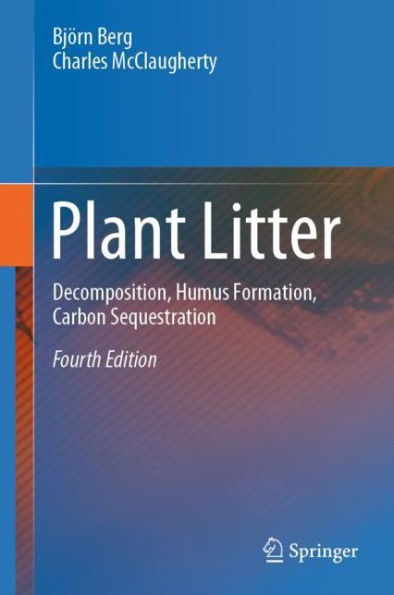New knowledge in the fields of phyhemistry and microbial ecology has given a new baseline for discussing the concepts ‘litter decomposition’ and ‘carbon sequestration’. We can also see a rich literature on litter decomposition studies using roots and wood as substrates. These have given new insights in factors that regulate the decomposition rate and as regards roots their contribution to sequestered carbon in humus. Additional facts on the role of temperature vs the litters’ chemical compositionmay in part change our view on effects of climate change.
Further information on applications of the new analytical technique (13C-NMR) for determining organic-chemical compounds has allowed us to develop these parts.
Focus is laid on needle litter of Scots pine as a model substrate as this species has been considerably more studied than other litter species. Also the boreal/northern temperate coniferous forest has in part been given this role. Still, new information may allow us to develop information about litter from further tree species.
New knowledge in the fields of phyhemistry and microbial ecology has given a new baseline for discussing the concepts ‘litter decomposition’ and ‘carbon sequestration’. We can also see a rich literature on litter decomposition studies using roots and wood as substrates. These have given new insights in factors that regulate the decomposition rate and as regards roots their contribution to sequestered carbon in humus. Additional facts on the role of temperature vs the litters’ chemical compositionmay in part change our view on effects of climate change.
Further information on applications of the new analytical technique (13C-NMR) for determining organic-chemical compounds has allowed us to develop these parts.
Focus is laid on needle litter of Scots pine as a model substrate as this species has been considerably more studied than other litter species. Also the boreal/northern temperate coniferous forest has in part been given this role. Still, new information may allow us to develop information about litter from further tree species.

Plant Litter: Decomposition, Humus Formation, Carbon Sequestration
332
Plant Litter: Decomposition, Humus Formation, Carbon Sequestration
332Hardcover(4th ed. 2020)

Product Details
| ISBN-13: | 9783030596309 |
|---|---|
| Publisher: | Springer International Publishing |
| Publication date: | 12/03/2020 |
| Edition description: | 4th ed. 2020 |
| Pages: | 332 |
| Product dimensions: | 6.10(w) x 9.25(h) x (d) |
